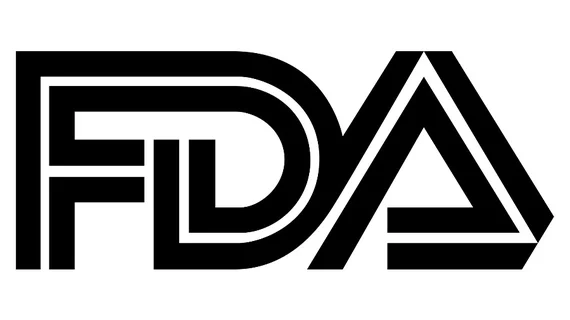FDA bans the use of artificial trans fats in foods
On Monday, June 18, the U.S. Food and Drug Administration (FDA) officially banned the use of trans fats, or partially hydrogenated oils (PHOs), in all foods sold in American restaurants and grocery stores.
Removing PHOs, the FDA notes, “could prevent thousands of heart attacks and deaths each year.” Trans fats are widely known to raise low-density lipoprotein (LDL) levels, lower high-density lipoprotein (HDL) cholesterol levels and increase an individual’s risk of developing heart disease, stroke and type 2 diabetes.
This ban comes three years after the FDA issued a “final determination” announcing trans fats as unsafe, giving companies until June 18 to completely abolish the ingredient from American-made foods.
Last month, the World Health Organization (WHO) challenged all nations to rid their food of artificial PHOs within five years to reduce the burden of cardiovascular disease worldwide.
In January 2006, the FDA required the food industry to openly note the amount of trans fat in food on the nutrition facts label. The FDA made a “preliminary determination” in November 2013 that trans fats are not recognized as safe.
This week, New York City Department of Health and Mental Hygiene Commissioner Mary T. Bassett, MD, MPH noted all Americans should celebrate that trans fats are banned.
“New York City was the first municipality in the country to restrict the use of trans fats in restaurants in 2006,” Bassett said. “We are proud to have been a leader in what is now a nationwide commitment to reducing the public’s exposure to unhealthy fats and decreasing the risk of heart attack and stroke.”

